AI in Fashion Design 2025: Complete Guide to Tools, Trends & Future
The
fashion industry is experiencing an AI revolution, with
Artificial Intelligence fundamentally changing how designers create, predict
trends and optimize workflows. What once took hours - sketching each outfit by hand - can now be done in minutes. AI tools offer a fresh edge, helping designers create patterns, explore styles and predict upcoming trends, all with just a few clicks.
But AI isn't here to replace designers. It functions as an intelligent creative assistant. It suggests ideas, matches colours and helps visualise what might be trending next. The designer still holds the reins - Artificial Intelligence simply
speeds things up and brings more clarity to the process. From quick concept sketches to polished visuals, it turns imagination into design faster than ever before.
How AI Tools Transform Fashion Design Workflows in 2025
AI has evolved from experimental technology to essential daily workflow tools for fashion professionals.
Fashion designers can integrate AI through various technological approaches including neural networks for style transfer, computer vision for fabric analysis and natural language processing for design brief interpretation. Popular Artificial Intelligence platforms like Adobe Sensei, CLO 3D and Optitex provide comprehensive solutions for different aspects of the design workflow.
Here are the key ways AI technology streamlines fashion design processes and improves brand efficiency:
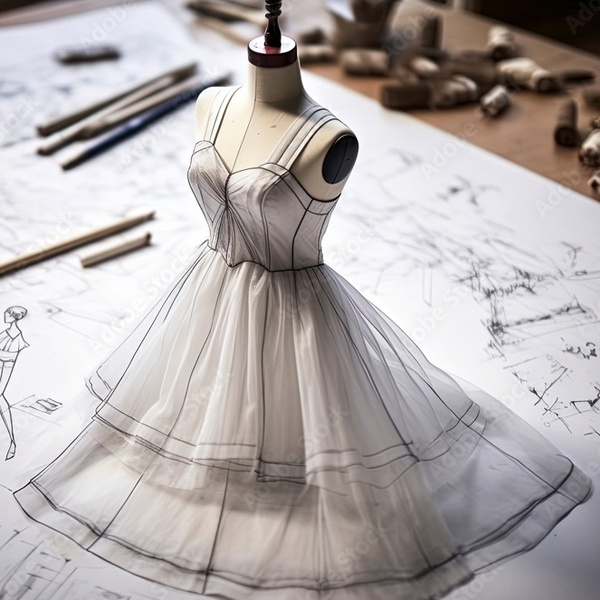
- AI Trend Prediction: Identifying Fashion Trends before Market Adoption - AI tools scan social media, fashion blogs and online stores to find what people are loving right now. They track colours, patterns and even how often a certain style pops up. This helps designers know what's likely to trend before it hits the streets.
- Accelerated Design Process: AI-Powered Concept to Garment Creation - Designers can now use AI to build outfits from scratch. Just choose a colour, fabric and shape - the tool helps sketch it out instantly. It's quick, simple and great for trying new looks without wasting time or materials.
- Personalized Fashion AI: Machine Learning for Individual Styles - AI doesn't just work for designers. It helps shoppers too. When someone visits an online store, AI looks at what they've liked, clicked or bought before. Then it shows styles that match their taste. It's like a personal stylist that actually listens.
- Making the Back-End Smarter - AI checks what's selling fast and what's not moving at all. It predicts how much of each item a brand needs to make, helping stores avoid leftovers or delays. This keeps things moving smoothly and cuts down on waste.
- Helping the Planet while Designing - Sustainability matters, and AI is playing a big role. It helps brands choose better fabrics, plan smarter production cycles and avoid extra batches that end up in landfills. With data guiding the process, making eco-friendly choices becomes a lot simpler.
AI Benefits for Fashion Designers and Brands
- Designers now use AI tools to create digital clothes that look real. These designs show fabric folds, shadows and full shape. Some even turn into 3D outfits using AR or VR.
- Virtual try-on tools like GlamAI let users see how clothes fit online. They create a digital model that matches your body for accurate fittings.
- Human-AI tools such as HAIGEN help designers with quick ideas. Designers can sketch or type prompts and the tool suggests colours, styles and edits. It's fast and keeps work secure.
- Shoe brands like Syntilay and Reebok use AI and 3D printing to make custom shoes. A foot scan is used to build a perfect fit, giving comfort and style.
- Tools like Lalaland.ai offer virtual models in many skin tones, body sizes and looks. Brands save time on photo shoots and show better diversity in fashion.
- Designer Norma Kamali uses Artificial Intelligence to go through her old designs. The tool helps her build new ideas based on past collections.
AI's Impact on Fashion Education and Student Learning
AI isn't just for tech experts anymore. It's now a big part of fashion design too. Major fashion brands report 30-50% reduction in design iteration time when implementing AI-assisted workflows. Companies like Zara, Nike and Adidas have successfully integrated AI for inventory optimization, trend forecasting and personalized design recommendations, demonstrating measurable ROI from AI investments. If you are a student, here are the key areas to pay attention to - simple, practical and real.
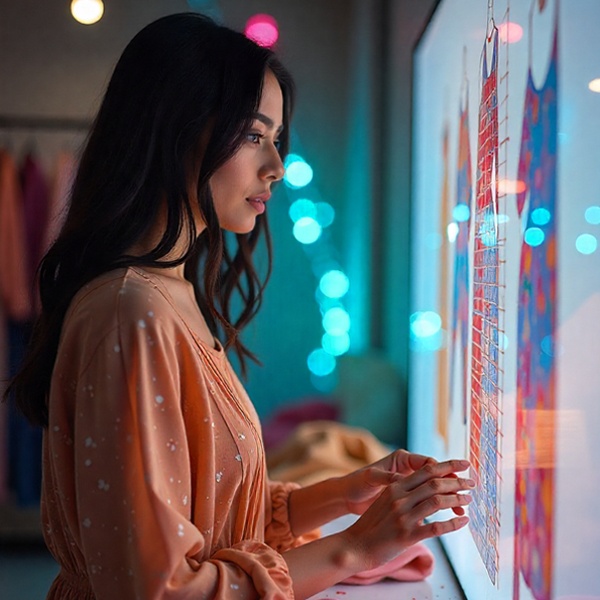
- Faster Design with Smarter Tools - Designing used to take days. Now, AI can help you build ideas in minutes. You can test out styles, change colours, switch fabrics, and tweak shapes all in one go. Want ten versions of the same dress with different necklines? Artificial Intelligence helps you try more, faster - without starting from scratch every time.
- How Trends are Predicted Today - Trend forecasting has changed. No more guessing what people will wear next season. AI now scans millions of photos, videos, product tags and even emojis from social media. It reads how people feel about looks, patterns or even colours. It then shows what's likely to go up or down. As a student, learning how this works can help you design things people actually want - not just what looks good on paper.
- Thinking about the Planet - AI tools use a lot of power. Some models need huge servers and constant updates. That means more electricity, more heat and more e-waste. Fashion students need to think about this. Just because it's smart tech doesn't always mean it's eco-friendly. Choosing lighter tools, skipping unnecessary processes and being mindful of digital waste matters as much as fabric waste.
- New Job Roles to Explore - AI is also creating fresh career options. You don't just have to become a fashion designer anymore. You can be someone who works with data to plan the next big trend. You could become a digital fashion curator who selects what works online. You can even focus on styling with AI tools - picking what looks best, faster. These roles need creative minds who understand fashion and tech together.
Fashion AI Challenges: Real Risks and Solutions for Designers
Artificial Intelligence can do a lot in fashion, but it's not all smooth sailing. Let's talk about the bits that need careful handling...
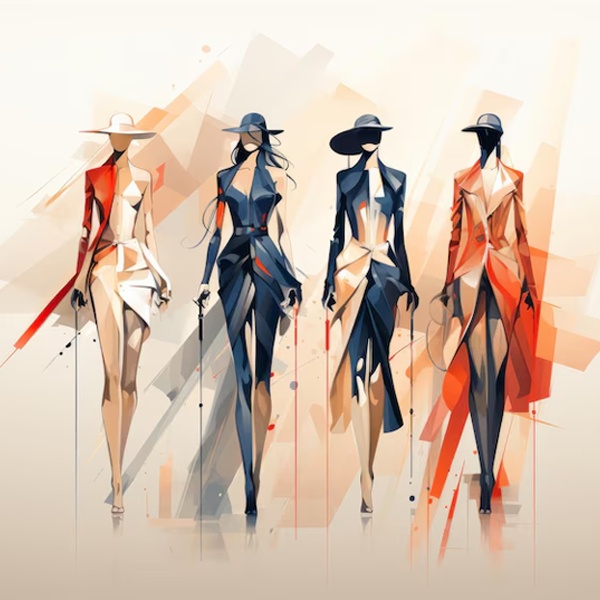
- Let people stay in charge - AI can give many design ideas, but not all of them make sense. Some look good on a screen but won't work in real life. Sometimes, AI makes things up that don't even exist. Designers must take the lead. AI can suggest, but people must decide.
- Clear rules about who owns what - If AI makes a design, who owns it? The person using the tool? The company? Or the software maker? No one knows for sure. It can also use parts of other people's work without asking. This can cause big problems, especially in fashion where every design matters.
- People notice when models aren't real - When Vogue used AI models, many people didn't like it. They wanted real faces and real stories. Fake images may look perfect, but they feel cold. Fashion still needs a human touch.
- AI needs a lot of power - AI may save fabric and time, but it also uses a lot of electricity. Big machines run for hours to keep it working. That's not always good for the planet. Fashion brands that care about the environment must think about this.
How Real Brands are using AI in Simple & Smart Ways
Here's how some well-known fashion names use AI in their daily work. These are real examples, not ideas or future plans.
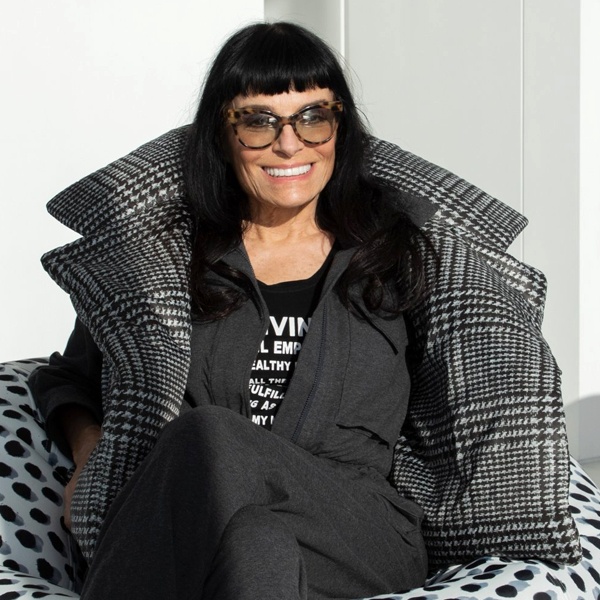
Norma Kamali's Classic Looks Get a Fresh Touch
Norma Kamali used AI to look through her old Stud Collection. The system studied her past designs and created new versions of them. The new pieces kept her style but looked fresh. She didn't need to start from zero. AI helped her bring old designs back in a new way.

Lalaland.ai Helps Brands Show More People
Levi's, H & M and Mango now use digital models from Lalaland.ai. These models have different skin colours, body sizes and looks. Brands use them to show clothes online. It costs less than hiring many real models. It also helps more people see models who look like them.
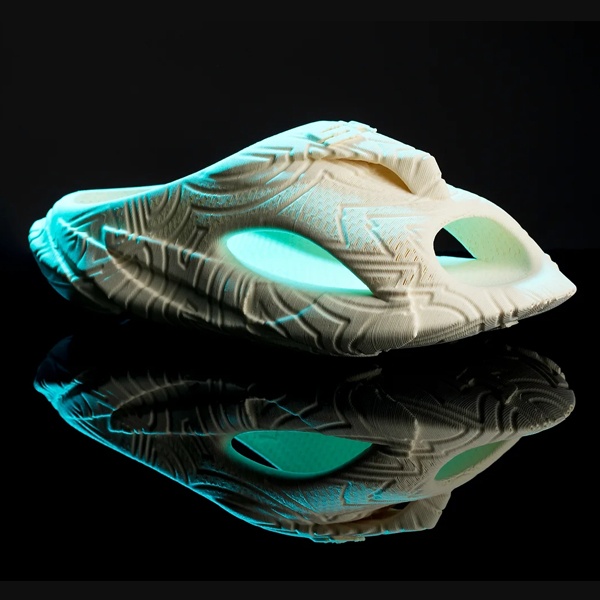
AI Designs Shoes that Fit Just Right
Reebok teamed up with Syntilay to make 3D-printed shoes. AI looked at foot shape, walking style and fit needs. Then it created designs that match each person. This makes the shoes more comfortable and personal.
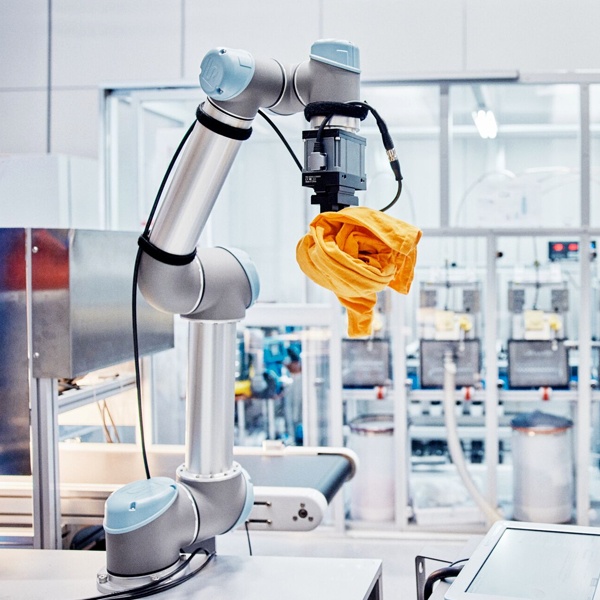
Smarter Sorting for Secondhand Clothes
Some fashion platforms use AI to sort used clothes. The system checks the fabric, quality and condition. Then it decides if the clothes are good enough to resell. This keeps more clothes in use and cuts down waste.
The Future of AI and Fashion
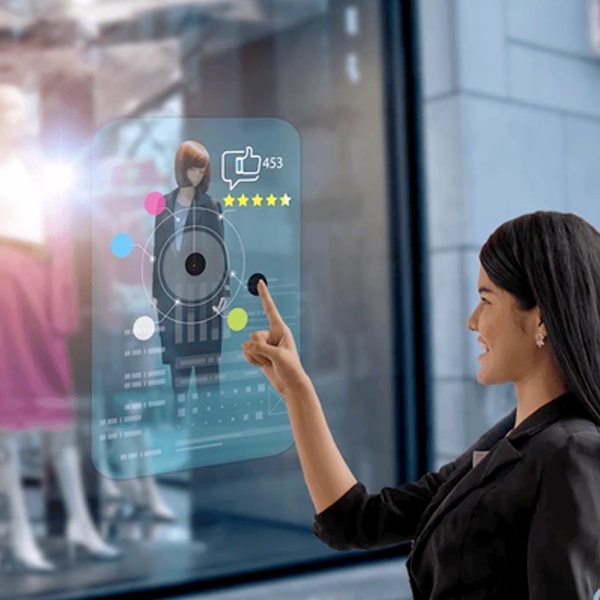
Artificial intelligence in fashion design is transforming how designers create, conceptualize and produce garments. Advanced AI-powered design tools now enable fashion professionals to generate realistic sketches, predict trends and optimize design workflows through machine learning algorithms and computer vision technology. Fashion design students and professionals can leverage AI tools like generative adversarial networks (GANs), pattern recognition software and automated fabric selection systems to enhance their creative process and improve design efficiency. While AI streamlines design processes, successful fashion industry professionals must balance technological capabilities with creative intuition. Leading fashion houses like Burberry and H & M demonstrate how AI-assisted design maintains cultural relevance while optimizing production efficiency and sustainable practices.
Ethical AI implementation in fashion design requires careful consideration of data sources, intellectual property rights and environmental impact. Designers should prioritize AI tools that use ethically-sourced training data, respect copyright laws and support
sustainable fashion practices through optimized material usage and waste reduction. The future of fashion design lies in the strategic integration of artificial intelligence with human creativity. As AI technology continues evolving, fashion professionals who master these tools while maintaining their unique design perspective will lead industry innovation and create more sustainable, efficient design processes.
AI doesn't replace fashion designers. It supports them. It saves time, finds trends fast, and takes care of tasks that slow things down. But it can't think like you. It can't feel, imagine, or create on its own. Your ideas matter more than ever. AI only works well when you guide it. As a designer, stay open to new tools. Try them, learn from them and use them with care. Let AI help you work faster and smarter, not louder. Keep your purpose clear. Let your creativity lead. AI will follow...
FAQ about Artificial Intelligence in Fashion Design
1. Can AI help design clothes for people with disabilities?
Yes. AI tools can help make clothes that are easier to wear for people with different physical needs. For example, clothes with easy openings, soft seams, or adjustable lengths.
Yes. AI can look at different materials and suggest those that are better for the environment, like recycled cotton or plant-based fabrics.
3. Does AI help in recycling old clothes?
AI can scan used clothes and find out what materials they are made of. This helps with sorting and recycling, so less fabric ends up in landfills.
Smart clothes have tiny sensors that can do things like check your body temperature or heartbeat. AI uses this data to adjust the
clothing or give updates to the user.
5. What is digital fashion, and what's AI's role?
Digital fashion means clothes that are only made online, not in real life. AI helps create these designs for games, online stores and virtual try-ons.
6. Can AI design clothes for individual people?
Yes. AI can use someone's body size, style, and shopping history to suggest or create designs that fit them personally.
7. Are there AI tools that help you choose outfits?
Yes. Some websites and apps use AI to suggest what to wear based on your
body shape, past choices, or what's popular now.
8. Are AI fashion models replacing real ones?
Some brands use AI-made models to show clothes online. These virtual models can look real, but some people feel it takes away jobs from actual models.
9. Do designers need to know coding to use AI?
No. Many AI tools are easy to use. Designers can sketch and make changes without needing to write code.
10. Can AI help with fabric patterns and fitting?
Yes. AI tools can make patterns, test how fabric fits on different body shapes, and show what a design will look like without making a real sample.
11. How does AI improve future clothing designs?
AI can learn from customer reviews, returns, and resale data to help brands design better clothes that last longer or fit better.
12. Is AI only for big fashion brands?
No. Many small brands and new designers also use AI tools. Some are free or low-cost, making it easier to try out ideas.
13. Can AI help design clothes quickly for special events?
Yes. If a trend or event comes up suddenly, AI can help designers create new styles fast to match what people want.
14. Is AI-generated fashion protected by copyright?
This is still a new area. Brands need to be careful about where AI gets its ideas from and who owns the final design.


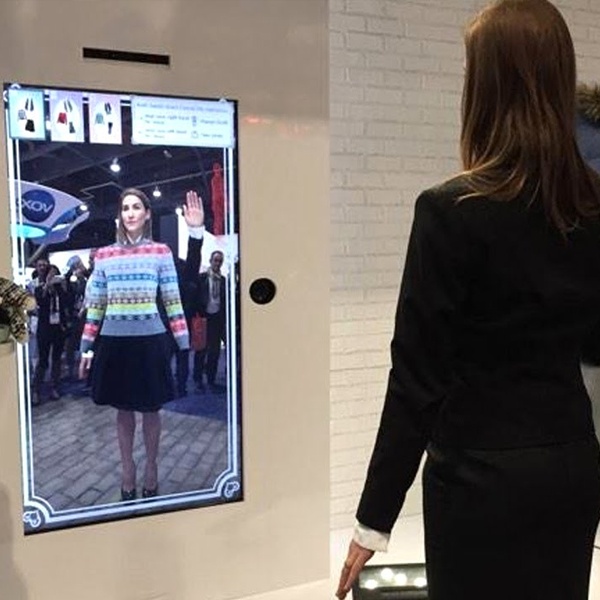







 CONTACT USWaves Institute of Fashion Designing,
CONTACT USWaves Institute of Fashion Designing,